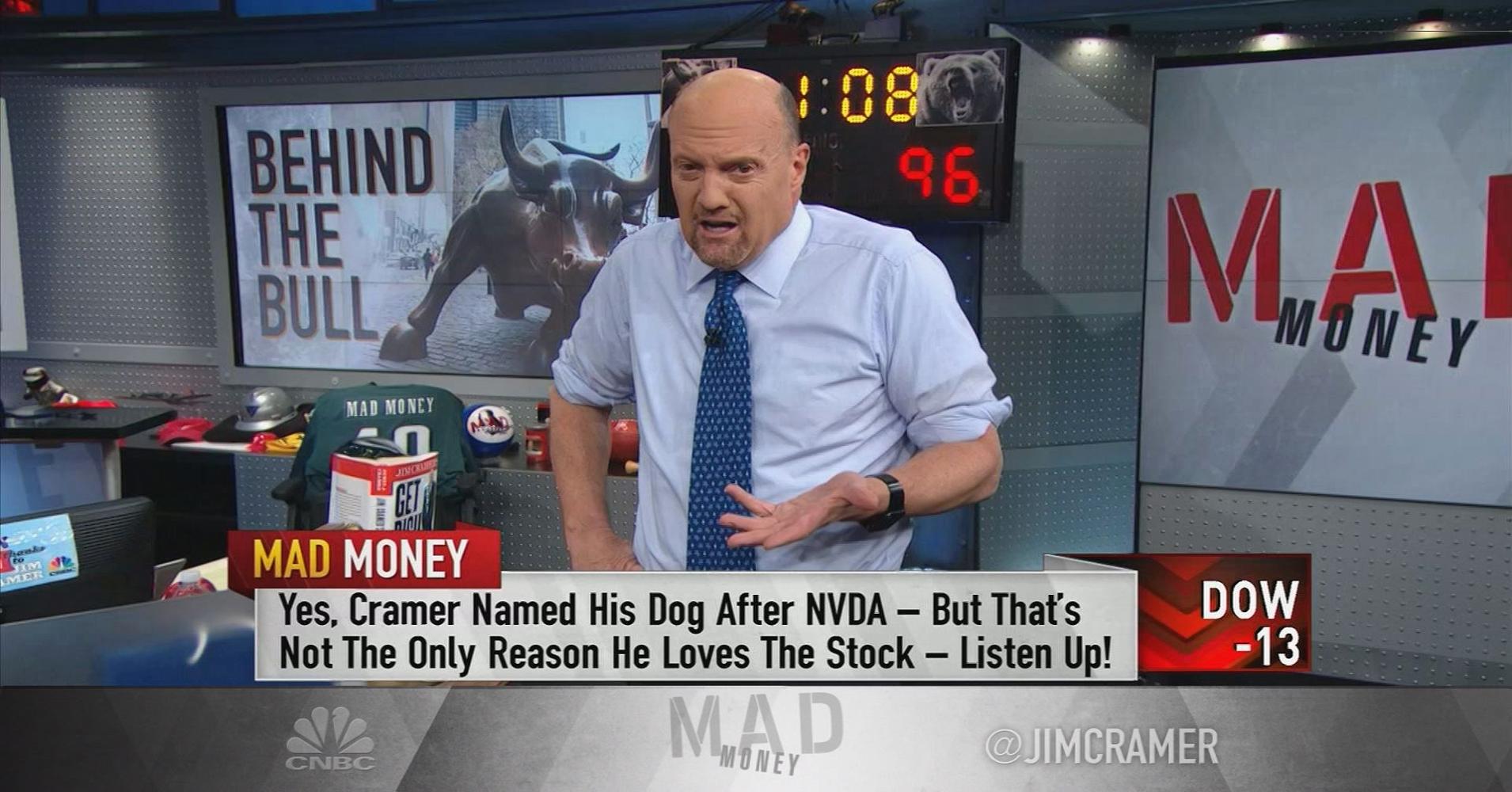The importance (and simplicity) of highs and lows of the day
Whether a novice or experienced investor, its easy to get wooed by the myriad of complex studies and charts to the point where you get lost by over overthinking your trades. I regularly hear from folks who spent months (or more) trying to validate studies and models that are highly technical only to lose confidence after a bad trade and look for the next new thing to meet their form fitting needs. On more than one occasion I've also found myself lost in search for the magical study. The one that comes to mind is the great Ichimoku Cloud study; complete with no less than four lines - and shaded resistance areas - and from Japan!
But the reality is price is what matters, everything else is noise or form-fitting efforts to feed our cognitive biases. And if you are in a trade, and not trading iron condors, price movement is what is relevant - whether up or down. And this movement in price has bearing in three realms of trade reasoning; emotionally, technically, and factual legitimacy.

Emotional relevance of highs and lows
As much as Buffet would like you to think to the contrary, a stock's continued movement is what drives someone to invest or trade and as it continues to rise you want someone else to purchase from you at a higher price. When other traders and investors see a stock continuing to rise, they take note and whether they admit it or not, they buy. People rarely buy or sell when the stock is idle - by definition. Hence the value for scanning highs and lows. Sure you may be saying, "I never buy the top” but you are probably waiting for a slight break in the action to get a better price, but they are still buying on the trend — which was triggered from initial price momentum. Much of this can also be labeled as FOMO or fear of missing out.
Technical relevance of highs and lows
Outside of the psychological reasoning, a new daily high (or low) or 52 week high (or low) is also a strong technical factor. Traders prior to the point who are either taking profits or cutting losses will look to the prior high (or low) as a point to sell, because technically, the stock has a high probability of at least reaching this level, or so they hope. And when the stock breaks this point, it is a strong validator that the trend is intact and can hold their position.
Even the most casual fundamental investor looks at a chart to see how it has done over time. If they see it has continued to do well, their cognitive biases register and validate their fundamental beliefs. Are investors going to potentially wait until it drops to some perceived lower price, perhaps, but it is all aligned to it making a new higher high or lower low.
Conversely, investors and traders wanting to "buy the dip" may wait until a stock has hit that prior low and bounce or look to add to their short as the momentum continues to pierce prior lows.
Factual relevance of highs and lows
New highs and lows represent market reaction to all the news, future opportunity, and dismiss false opinion and noise. Price action is the result of others including large institutions with much more insight and resources than any individual trader could ever have. If news is positive and price goes down, there is likely something behind the covers which we are not told. Price is the legitimate value of all news, macro opinion, value and future opportunity of a stock at any point in time.
Have you ever wondered why IPO's occur when they do? It's likely because of the board seeing a slowdown or turning point in revenues to where they think they only have a few more quarters of solid growth or they are venturing into the unknown and want to limit risk. SNAP is a perfect example of this. Regardless of the hype, the price movement is the truth.
Net, net: new highs and lows are key waypoints traders and investors consciously and subconsciously use when buying or selling stocks. And perhaps just as important, these new entries are what content providers use to report new percent gains or losses — which leads to increased or decreased demand.
Scanning the market for new highs and lows is like having the power of all media, analyst reports, and large investors in one consolidated view. MOMO helps you uncover these breakouts in realtime to let you act on them at your desk or on the go.
Let us know what you think at hello@mometic.com.

